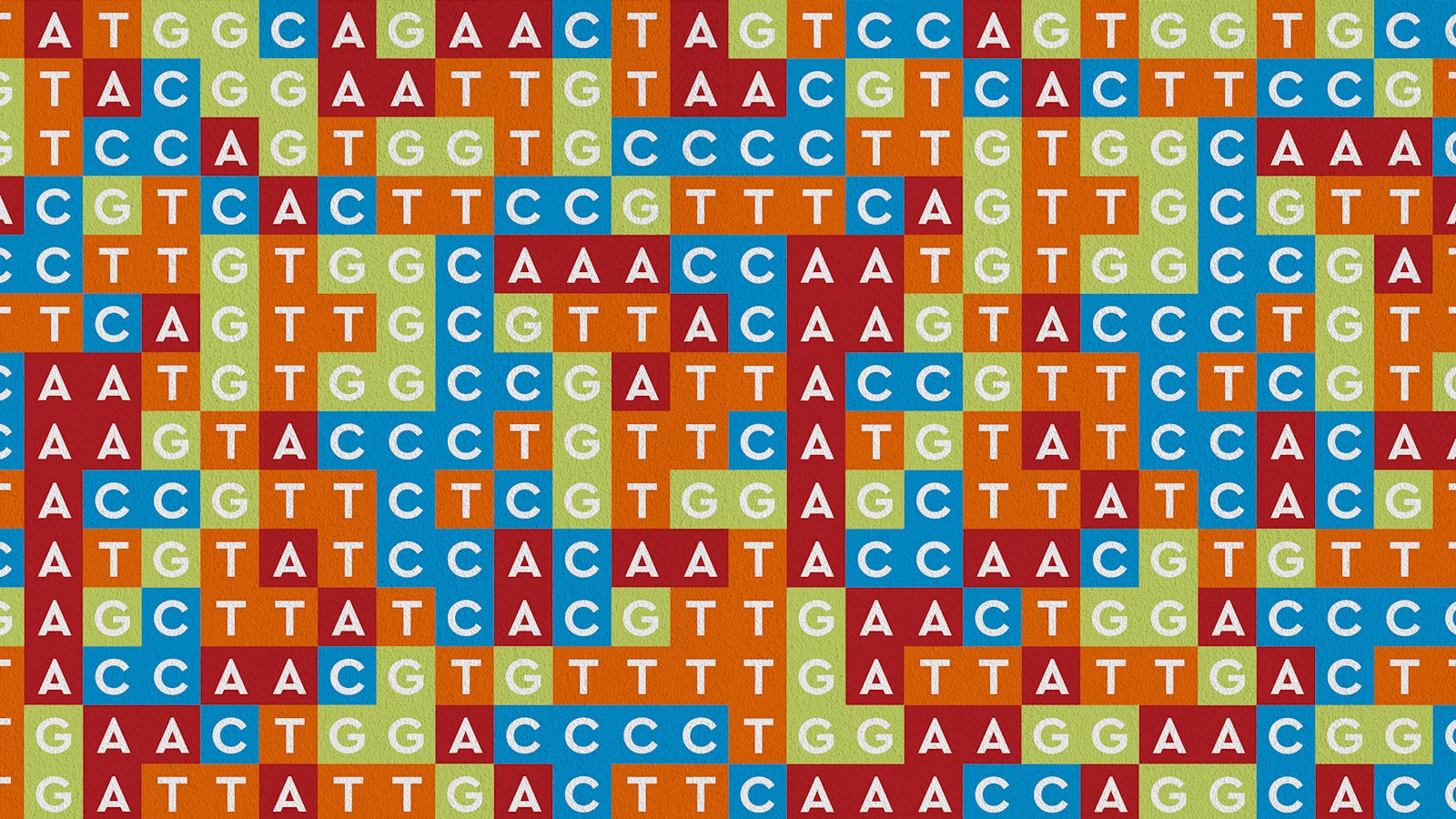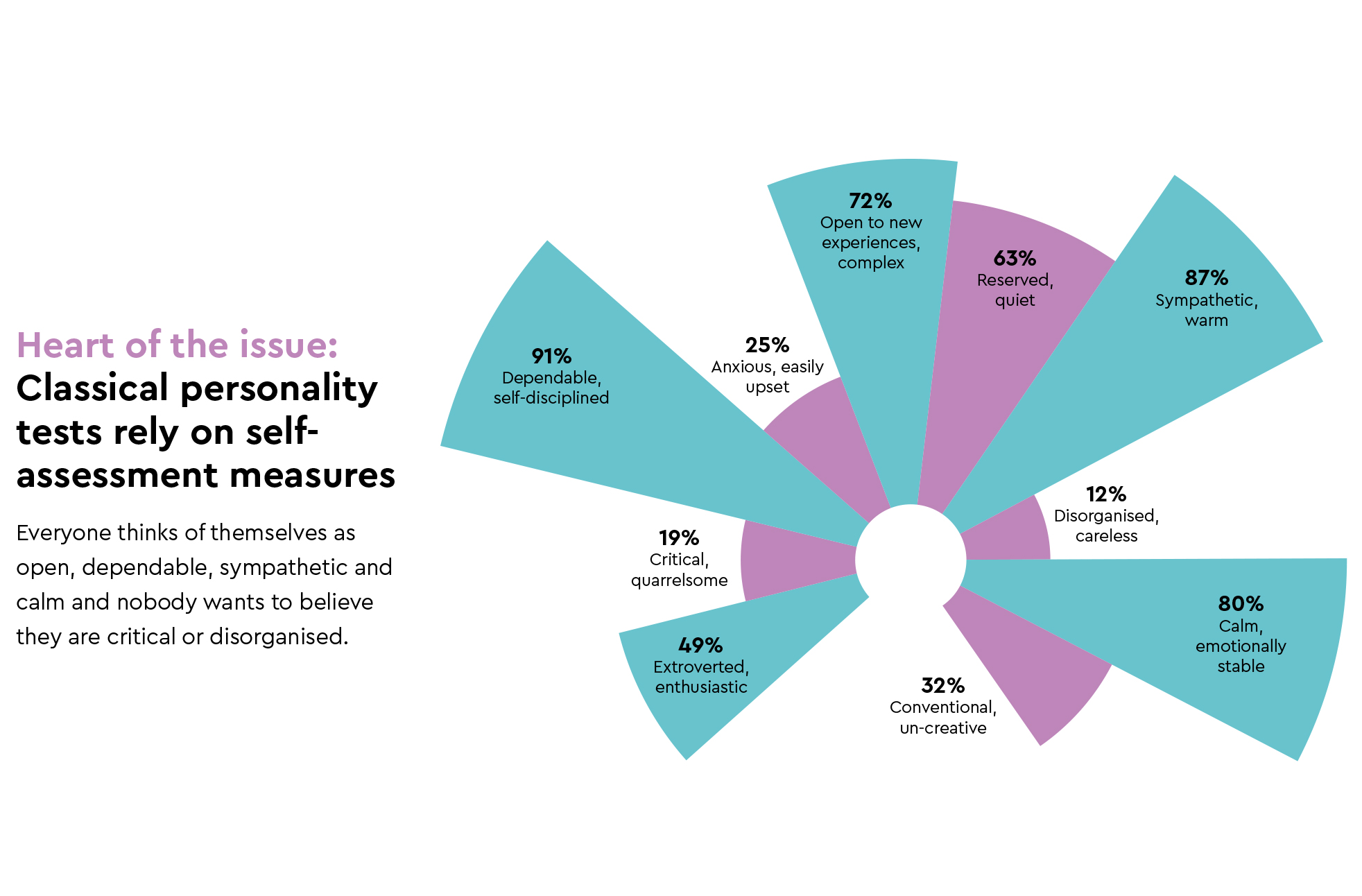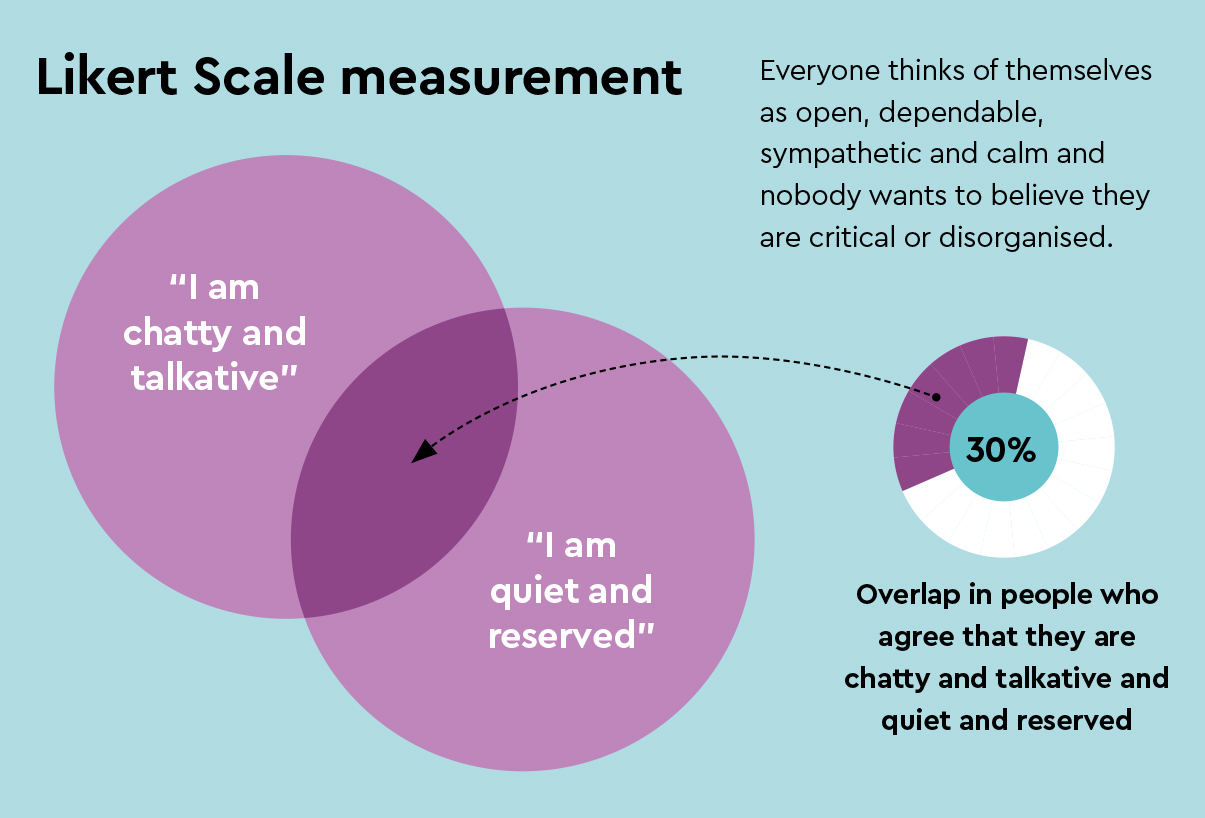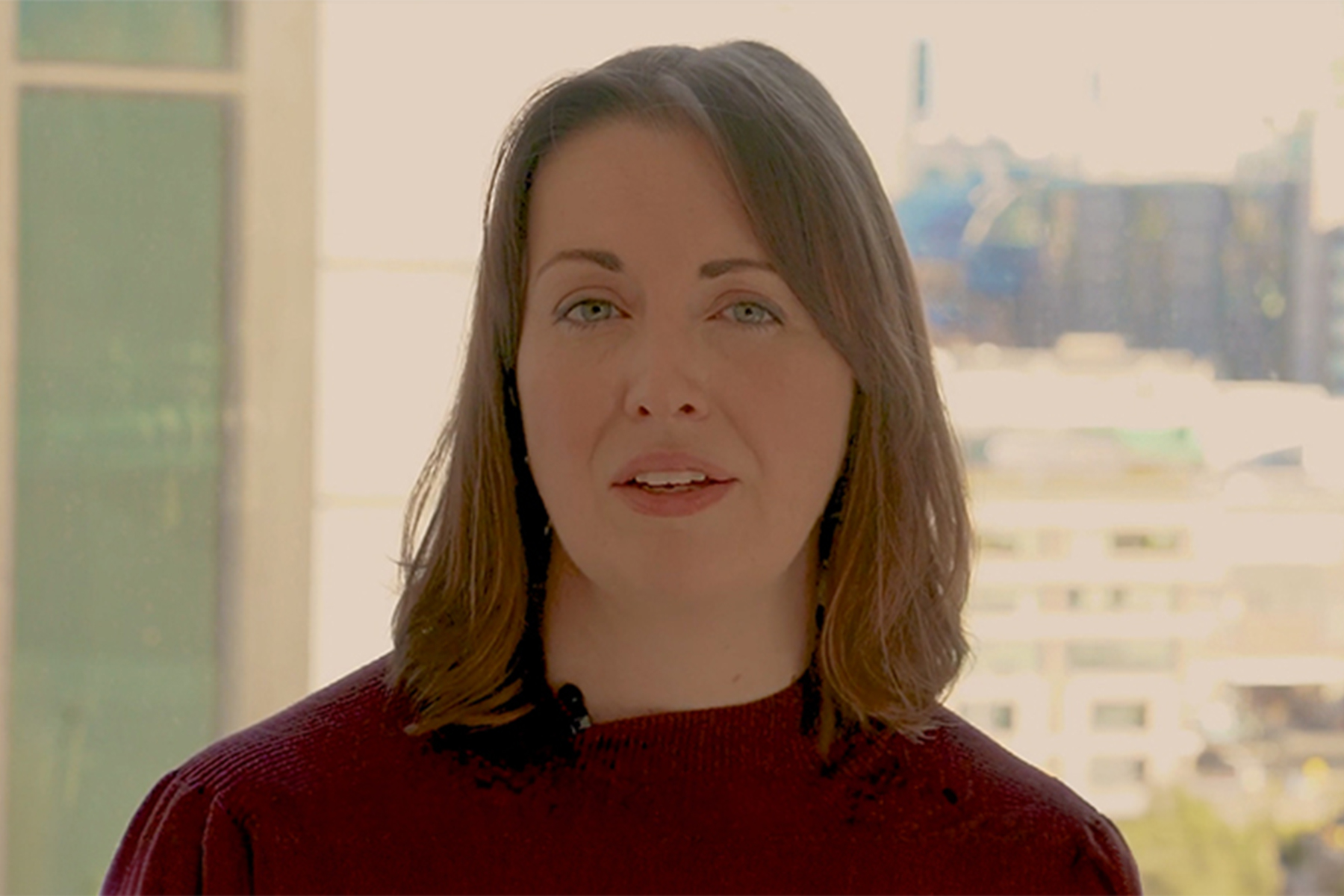
The decision-making genome
Using behavioural science to map more effective, personalised content
CHRISTOPHER GRAVES:
Early in his career, David Ogilvy worked as a researcher. He has been quoted as complaining that a shortcoming in market research is that people “don’t say what they think and don’t do what they say”. The past couple of decades of emerging behavioural science have proven Ogilvy right. When asked, people will tell you why they did something or will do something – but it is unlikely they themselves know why. Using new findings in behavioural science can help us decode the “Real Why” of human behaviour.
When we say “behavioural science,” we mean social psychology, cognitive neuroscience, evolutionary psychology and behavioural economics. Two Nobel Prizes have been won for behavioural economics – one as recently as 2017. And a number of books have begun to broaden our understanding of behavioural economics. They tell us about the so-called “cognitive biases” hardwired into our 40,000- year-old brains that lead us to quick but sometimes inaccurate decision- making; and how we may “nudge” people into better decisions and healthier behaviour. But we have gone beyond the nudge. We have integrated, for the very first time, a battery of robust, behavioural science instruments, that together can reveal an individual’s decision-making genome.
We have digested more than 10,000 studies over the past decade and remapped them against the challenges marketers and communicators face every day.
We’ve divided the findings along two tiers: the high-level of our human species tier where our anachronistic human software creates these cognitive biases that affect us all to a greater or lesser degree. Things like why we fear shark bites more than what will really kill us – heart disease. Or why we don’t really care about the future (despite professing otherwise) when it comes to climate change personal action, or saving for retirement. Or why we take our behavioural cues from others no matter how independent- minded we think we are. Or why we resist the miracle of vaccinations. As the behavioural scientist and author Jonathan Haidt puts it: “Reason is the press secretary for the emotions.”
We also work at decoding humans at the individual level. We have integrated three lenses taken from deep, robust scientific studies that have not previously been used together, and never used for marketing and communications. Using these lenses we have found we can reveal the “Hidden Who”– the individual decision-making genome that filters, clouds and guides all human choices, preferences and behaviour.
We have integrated three lenses taken from deep, robust scientific studies that have not previously been used together
Lens 1 personality trait science
The first lens is personality trait science. This is not some flimsy fad, nor is it Myers-Briggs, which though widely used is not deemed a real science by the scientific community. But personality trait science has been confirmed in thousands of studies over the past 25 years. The most widely accepted version is called “Big Five,” or “Five Factor” OCEAN, named for the five factors that make up a person’s personality. Each factor is on a spectrum from low to high. Find yourself here with our celebrity personality test.
Openness to Experience runs from a low-end comfort with routine and tradition (Prince Philip) to a high-end explorer craving variety (Richard Branson). For low Conscientiousness think Ricky Gervais, and on the high end Hermione Granger. High Extroverts love being with others and in the limelight (Graham Norton) vs introverts like Bill Gates. Someone low on Agreeableness seems disbelieving, sceptical, maybe cranky and a bit more self-interested (Larry David) vs someone on the high end who gushes warmth and likability (Jennifer Aniston). And finally Neuroticism. This does not mean you are clinically neurotic – it is more a worry and anxiety threshold. Those who worry easily (Woody Allen) score higher.
You can read more about this and how we can use personality trait science in marketing in my Harvard Business Review article What Marketers Should Know About Personality-Based Marketing.
Lens 2 Cultural Cognition
Our second lens is Cultural Cognition – or your worldview. To illustrate how this invisible force field plays out in pop culture, look at this heat map of TV viewership of two popular US shows:
Modern Family features all sorts of inclusivity – age, gender, LGBTQ, race… while Duck Dynasty features four isolationist swamp dwellers. They are negative images of each other.
Cultural Cognition is a powerful and robust framework born of the work of scientist Dan Kahan at Yale Law School. It can map individuals, groups or even brands across two axes. Atop the vertical axis sit those who believe the world works best when, in every situation, there is a strong leader and a clear hierarchy below them. Their opposites, Egalitarians, gravitate toward group and consensus rather than hierarchical social structures. On the horizontal axis at left sit Individualists. They believe all accountability and responsibility for your personal outcomes rest solely with you – not fate, bad luck or government help – so fix it yourself. Their opposites, Communitarians, believe we are all one human family and are obliged to close gaps of unfairness such as income, race, gender or other biases. The confluence of two forces forms a quadrant, and in each quadrant a clearer portrait of what motivates that individual or group. For example, Hierarchical-Individualists believe that free markets are the best solution to about any problem, that individual opportunities within law and order matter most. And they adhere to traditional, perhaps nostalgic societal norms. Their diagonal opposites want to protect the vulnerable while changing unfair, current societal ills.
Lens 3 cognitive styles
Our third lens is actually a collection of “cognitive styles,” i.e. how we as individuals are wired to make sense of the world, of communications and of content.
Here are a few we use:
“Locus of Control” is a spectrum between external and internal. Someone testing for an external locus of control feels outside forces have more agency and control over their life. It could be fate, chance, religion, bureaucracies or government or indeed, their own genes. An internal LOC is like Steve Jobs. They make it happen and don’t care about outside rules, norms or barriers.
“Regulatory Focus” divides between those with more of a promotion (“go for it”) mindset versus those with a prevention (risk no harm) mindset. People may test for a higher “Need for Affect” (moved by emotional stories) or “Need for Cognition” (need proof and like investigating more). Everyone defaults to a sort of “time perspective” in the sense that those rooted in the present can be more hedonic, caring little for future consequences (they will struggle with diets, exercise plans and saving for retirement). Those more future-minded will more readily and conscientiously embrace behaviour change today – resulting in sounder and healthier outcomes in the future.
All these tests overlap like lenses. They make the individual portrait increasingly clearer, from consumer or patient insights, creating better personas and more precise journey maps. Thus, better fits are made between the individual decision-making genome and content and between creative execution and messaging.

JON PULESTON:
The heart of the issue (above) illustrates the extent of the problem we face with classical personality testing techniques. If you ask people to self-assess their own personality nearly everyone places themselves into the top half of scales, measuring positive attributes like conscientiousness or openness. Few people directly admit to having any negative personality traits, for example of being critical or disorganised. This leads to very homogenised, poorly differentiated data. When trying to use classical tests in commercial research projects we found that nearly everyone looks the same. Furthermore, we found it very hard to compare results from one country to another because of the way different cultures answer the scale questions in classical test; some even more positively than others.
The other challenge we faced, in particular when using the Big 5 personality test, was that these broad measures were often not quite nuanced enough to help adequately explain and reveal the whole story about the personality of a target audience. This is exemplified by some work we undertook to understand the challenges of weight loss. A behavioural scientist had hypothesised that people struggling to lose weight were more open and had lower levels of conscientiousness. But when tested, their openness measure was actually lower. Together we set out to completely rethink how to more effectively measure personality in a way that would be more useable for commercial market research. Our aim was to be better able to differentiate audiences and to provide a more accurate viewpoint: by evaluating not just a persona personality but crucially, how they think and see the world.
We started by taking a critical look at methodology. Nearly all personality measurement techniques are dominated by long drawn out, repetitive sets of Likert Scale questions. The issue with Likert Scales is that when people are unsure how to answer a question, and as they get bored of answering questions, they have a strong tendency to slightly agree with everything! This results in a lot of noisy, inconsistent data and/or findings like the example here, where 30% of people agree that they are both chatty and quiet.
Our solution was to switch some of the measures to use a technique we have pioneered called choice-based prioritisation. We present clusters of competing personality traits that we asked people to pick out and prioritise. We have found this delivers much cleaner data with almost no overlap of conflicting choices.
Also, it has the added advantage of being quicker. We can evaluate up to three times as many personality dimensions in the same amount of time. However, this technique goes only so far in solving the problem. The method proved very successful at tackling the challenge of measuring positive personality measures. Faced with competing choices, people tend to only pick the descriptors that they most strongly identify with and this reduces the over-claim. What it did not solve was the challenge of measuring more negative personality traits. Few people will click on a button that says: “I am disorganised”.
So, we realised we needed to segment out how we measured negative personality dimensions and to explore different approaches here. In our quest to find a solution we tested out a range of methods.
Every personality dimension is closely interwoven. Thus we found the answers from each part of the test could cross-validate other parts
One of the most successful was to simply highlight to people the challenge of self-assessment, using the Grumpy Cat meme.
When humorously raising awareness that we don’t like to admit to certain things about ourselves, we found that people opened up and then gave us a lot more candid feedback.
But probably the most important breakthrough we made was a shift to using behavioural measures that people found easier to answer truthfully.
For example. If you ask people straight out, “Are you a disorganised person?” only 12% admit to being this. If, however, you show them two clothes drawers: one organised and one disorganised, more than half pick the disorganised one.
Now we realised that it would be unfair to base an assessment of someone’s overall level of conscientiousness based solely on their clothes drawers, but it does provide a small clue. We found that combining multiple behavioural measures like these could provide a much more reliable assessment of negative personality dimensions than traditional approaches.
In developing our new approach, we tested literally hundreds of these different behavioural measures, alongside more classical questioning techniques. We then used principal component analysis to isolate the most useful questions to measure for each of the core personality dimensions.
We must stress that in the revised test we devised, we have not abandoned using Likert scales altogether, as they still proved very useful for measuring certain types of more neutral personality dimensions that were less affected by confirmation bias.
What we did was to introduce a wider range of question approaches, each specifically used to measure different aspects of someone’s personality. This made the survey less repetitive and more interesting for participants, which in turn reduced the negative impact of respondent fatigue. Having established a new framework for measuring personality, our next challenge was to hone down exactly what we wanted to measure.

Our goal was to devise – in one test – a means of measuring the whole person’s thinking processes.
We wanted to measure not just someone’s primary personality traits but some of the most important personality sub-dimensions that are most relevant to consumer decision making. For example: conscientiousness can be broken down into three sub dimensions: how careful are you and your attention to detail; your organisational/ planning skills; and how goal driven you are.
We wanted to add a second lens to further understand how a person sees the world (their worldview or “cultural cognition”), what their social priorities and important issues were. This approach was pioneered by the Cultural Cognition Project at Yale Law School. A third lens was to measure how they make sense of things, to map out a person’s key cognitive thinking styles.
We isolated what we thought were the seven most commercially useful measures of cognitive thinking styles: Regulatory Focus, to understand a person’s attitude towards risk; Locus of Control and self-efficacy to measure a person’s sense of empowerment; Time Perspective, to see if someone focuses on the future or is more present biased; Need for Affect and Need for Cognition to understand how a person engages with emotions and likes to think (useful for creative executions). Finally, an assessment of a person’s consumer motivations to understand how utilitarian and rational, or how emotional and hedonic their shopping decision-making processes are. The challenge of measuring all these things in one go is one of optimisation and economy. We whittled each into two- or three-minute modules, (a sketch rather than a detailed portrait). We discovered however, that combining multiple measures into one survey offered significant cross validation benefits, akin to a Blockchain protocol.
Every different personality dimension is closely interwoven. For example, our levels of conscientiousness are driven by our sense of self efficacy: how focused and how open we are. Thus, we found the answers from each part of the test could be used to cross validate other parts.
Our core measure of conscientiousness is made up of ten core questions but is validated by the answers to 20 other questions from other personality dimensions. This leads to a lot more cross-cultural stability too, as it means that if one or two questions are not interpreted the same way in a particular country, it does not corrupt the whole measure.
Think of it as revealing a new decision-making genome against which we can map more effective, personalised content
The final important element to devising this test was to design the survey, which at around 17 minutes long required a lot of concentration from participants.
We paid a great deal of attention to the visualisation of the survey experience to signpost content and topic shift. At the start of each three-minute section we used a “thought starter” (a fun question to signpost the topic shift and to spark their imagination). At the end of each section we provided them with feedback about what we had learned about them and where they sat on a visual scale. We asked them to self-validate their scores and to adjust their position if they did not feel it was right. (In the prototyping phase this really helped to check and refine the accuracy of each measure). We were able to demonstrate that giving feedback as they went along, rather than at the very end (as some other methods use) had measurable impact.
We conducted a test and control experiment with and without these feedback elements and found that its inclusion increased answer thinking times by 40%.
We have now started to adopt this approach in survey feedback across a range of other surveys we run. We can use this new instrument in a discovery stage of the client work, but also in segmentation, persona-building, journey map creation and creative or message testing by different personality, worldview, and the basket of cognitive styles tests. For this project we conducted a personality profile of a group of 500 smokers and compared them to a control group of 500 non-smokers. The smokers we surveyed proved to have quite a distinct personality profile in many dimensions.
The test predicted smoking with a correlation of c0.48. Basically, half of smoking behaviour could be explained by someone’s personality. Key personality characteristics exhibited by smokers were:
- an external locus of control (they were more fatalistic)
- lower levels of emotional stability
- more easily experiencing negative emotions and so actively avoided emotional engagement
- very promotion focus orientated mindset i.e. more rebellious, less likely to stick to the rules
It is crucial to match creative executions with personality and thinking styles. Think of it as a match for a decision-making genome. Conventional wisdom for anti-smoking messaging is to scare smokers with scary or even disgusting graphic images. They are emotionally charged visuals highlighting the dangers of smoking. But if you decode smokers (“The Hidden Who”), you start to understand why so many graphic messages are not effective. When smokers test to be avoidant for negative emotions, they reject or skip over negative imagery. A number of behavioural studies have shown a backfire effect (“reactance”) among smokers to such scary, graphic warnings.
The way that smokers deal with these types of messages can be to blank them out. We tested this by showing a group of smokers and non-smokers a series of creative executions. We included graphic anti-smoking messages in amongst them and timed how long they spent looking at each one. The smokers would click the “next” button much faster when shown one of these scary “dangers of smoking” ads.
We then experimented with some alternative advertising messaging, specifically designed for the distinctive personality of smokers.
To appeal to their promotion-focus mindset, we designed some creative messages that re-positioned the process of giving up smoking as an act of rebellion and as a challenge. Smokers rated these messages much more highly than the previous negative ads we tested. Next we conducted some comparative dwell time testing. We found smokers spent longer time than non-smokers looking at these messages.
To non-smokers, this different style of ads had less meaning and so they clicked past them quite quickly, but they resonated with smokers and clearly encouraged them to think.
We have now rolled out this new “Hidden Who” methodology of decoding individuals at scale to decode why some parents hesitate to vaccinate their children, and what makes a superior performer among sales staffs.
CHRISTOPHER GRAVES:
To put it all together...
Because marketing and communications research suffered at the hands of individuals who, as David Ogilvy said, “don’t say what they think and don’t do what they say,” we have invented a new research and insights approach based on deep, behavioural science findings across more than 10,000 studies.
1. We have distilled these to three lenses we deploy:
- Personality traits
- Cultural Cognition (Worldview)
- Cognitive Styles
These render a sharper, more effective picture of individuals at scale.
2. We have reduced traditional self-report bias with new methods of competitive choice and visualisation
3. We have greatly enhanced traditional tools such as personas, journey maps and created the possibility for far more precisely- tailored content, creative execution, and message framing
None of this replaces creativity. It better informs those creating the executions whether they be text, visuals, moving images, message framing, experience, or structural and choice interventions. Think of it as revealing a new decision-making genome against which we can map more effective, personalised content for better, healthier outcomes.
Read more from Atticus Journal Volume 25
This is an excerpt from The Real Why & The Hidden Who 21.5 MB
published on
10 November 2020
More in The Atticus Journal

Generative AI: mitigating risk to unlock opportunity
H+K’s Allison Spray on managing the commercial and reputational risks that the proliferation of generative AI will present

Making sustainability profitable
Sustainability investments must deliver returns – both financial and reputational – to be ‘sustainable’ for business. Something needs to change, says Luc Speisser

Sustainability comms must get real
There’s a disconnect between the way corporations talk about climate change and how the public discusses the same issue. That’s the conclusion of research by Jamie Hamill, Alessia Calcabrini and Alex Kibblewhite.

